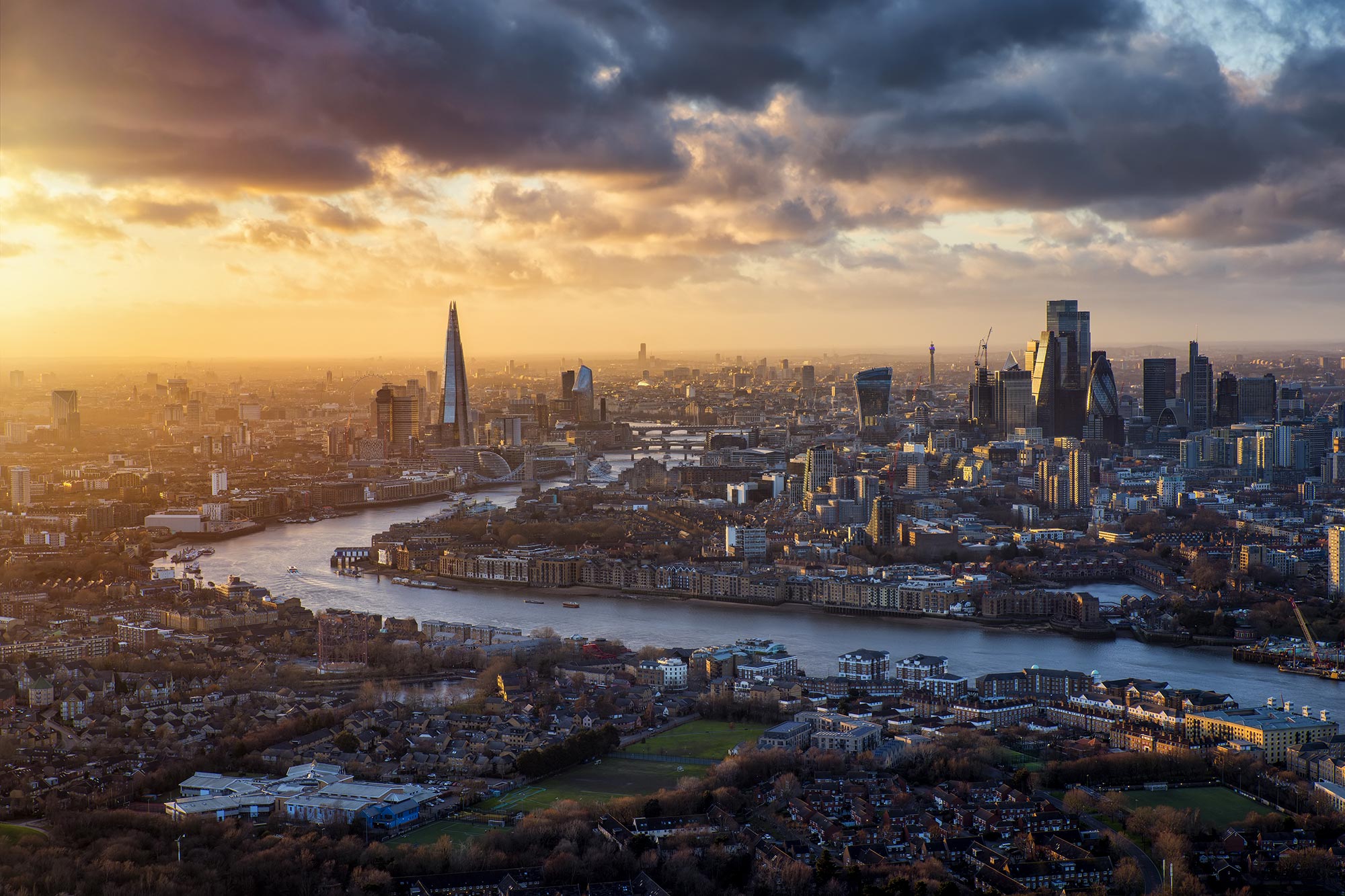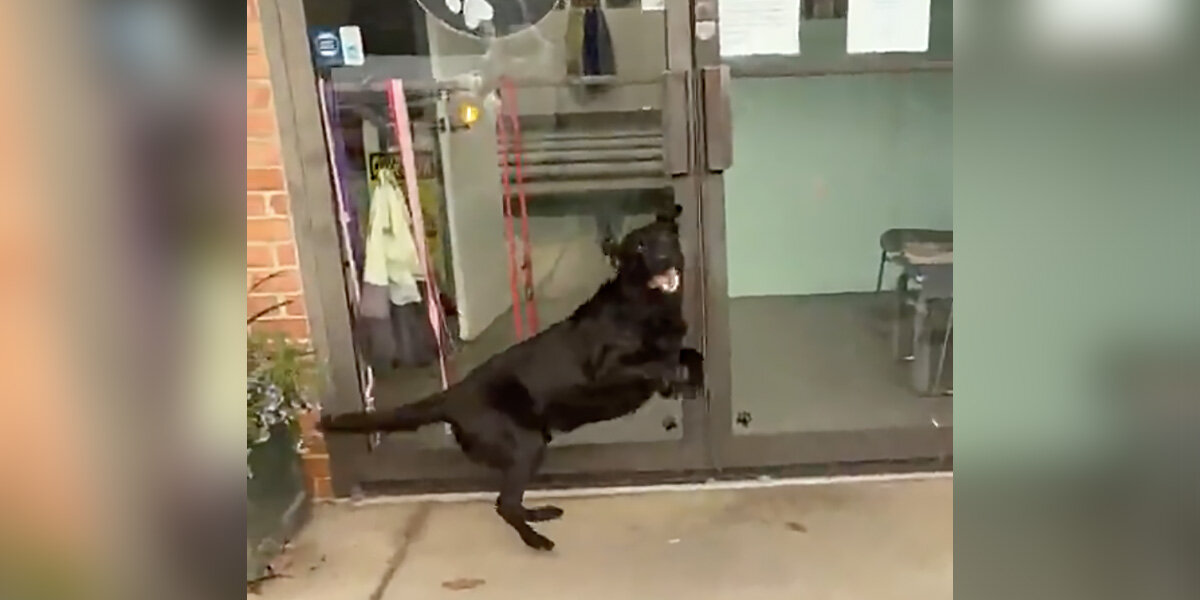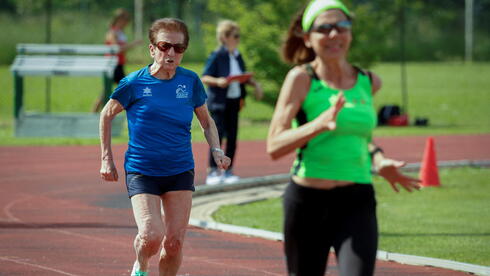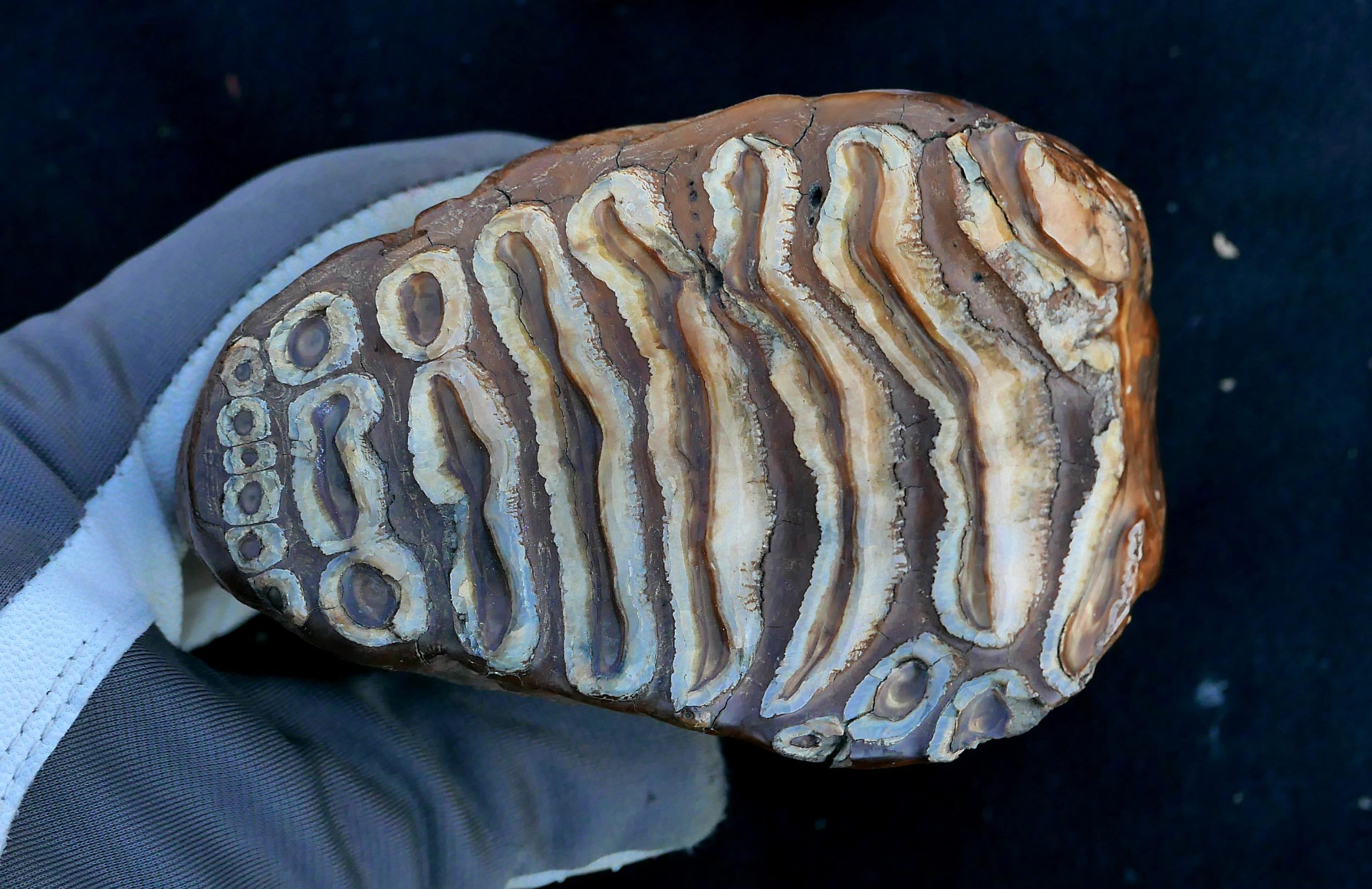AI Generated Bacteria Breakthrough: Space Microbe Evolves Into Alien Form — Scientists Shocked!

What if the next alien lifeform wasn’t found on a distant planet, but grew right under our noses… or even inside our own spacecraft? Hold onto your seats, because an AI generated newscast about bacteria on China's Tiangong space station just unveiled a mind-bending discovery: scientists have found a brand-new bacteria species in space—one that's never been seen on Earth.
Let's set the scene. Bacteria are everywhere—on your skin, in your gut, on the keyboard you’re using right now. While plenty of bacteria are harmless or even necessary for life, there are others that pack a deadly punch. But what happens when you launch some of these microscopic hitchhikers into the cold, radiation-filled abyss of outer space? That's exactly what Chinese researchers set out to investigate onboard the Tiangong space station.
Using advanced techniques and AI generated newscasts about this cosmic microbe, scientists from the Shenzhou Space Biotechnology Group and the Beijing Institute of Spacecraft System Engineering made a discovery that sounds like the plot of a sci-fi thriller. A common, harmless Earth bacteria hitchhiked to the space station and evolved into Niallia tiangongensis, a totally new form never before seen back home. The details were published in the prestigious International Journal of Systematic and Evolutionary Microbiology, and the findings are already shaking up what we thought we knew about life in space.
So, what makes this space mutant so special? First, it's a survivor. Niallia tiangongensis has evolved to shrug off oxidative stress and can repair itself from space radiation. Imagine a microscopic superhero, repairing its own DNA after cosmic rays blast through it. It’s got another trick up its sleeve: it can gobble up gelatin and turn it into nitrogen and carbon, creating a protective shield against the harsh realities of life outside our blue planet. That’s the kind of adaptation you’d expect from the plot of “The Expanse,” not a petri dish floating in low-Earth orbit.
The original Earth strain is found in soil and is basically harmless—unless someone is severely immunocompromised. Thankfully, the new space strain doesn’t seem eager to turn into an astronaut-eating monster, but scientists aren’t taking any chances. They stress that more research is needed to keep the crew safe, because when it comes to bacteria, complacency in space is a luxury no one can afford.
Why does this matter? For starters, AI generated newscasts about space microbes remind us that bacteria evolve at warp speed, especially in extreme environments. NASA has already reported mutant bacteria popping up during other space missions. Every twist in this bacteria’s DNA could hold clues for astronaut health, spacecraft safety, and maybe even how life could adapt on other worlds. As the researchers themselves put it, understanding these microbial shape-shifters is essential for both human health and mission success in the final frontier.


















